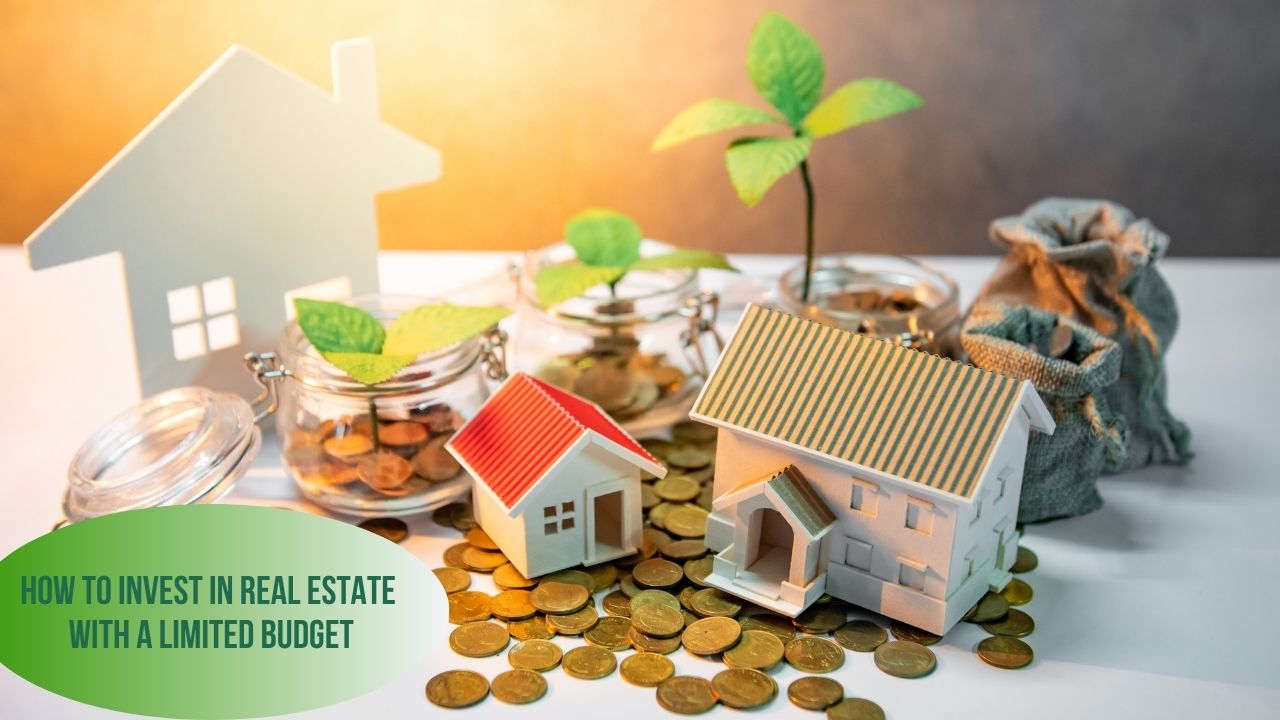 The real estate market can be a bit confusing, especially when you encounter terms like “pending” and “contingent” deals. Understanding these terms is crucial whether you’re a buyer or a seller, as they can significantly impact the progression of a property transaction.
The real estate market can be a bit confusing, especially when you encounter terms like “pending” and “contingent” deals. Understanding these terms is crucial whether you’re a buyer or a seller, as they can significantly impact the progression of a property transaction.
What Is a Contingent Deal?
A contingent deal occurs when a seller has accepted an offer from a buyer, but the sale is dependent on certain conditions being met. These conditions, or contingencies, are clauses included in the contract that must be satisfied for the sale to proceed. Common contingencies include:
- Home Inspection Contingency: The buyer can back out or negotiate repairs if significant issues are found during the inspection.
- Appraisal Contingency: The deal depends on the property being appraised at a value equal to or greater than the agreed-upon purchase price.
- Financing Contingency: The sale hinges on the buyer securing a mortgage loan.
- Sale of Buyer’s Property Contingency: The buyer must sell their current home before purchasing the new one.
While the property is marked as “contingent,” it remains on the market, and other buyers can submit backup offers. However, the initial buyer typically has the first right to proceed with the purchase once the contingencies are resolved.
What Is a Pending Deal?
A pending deal indicates that all contingencies have been met, and the transaction is in its final stages before closing. At this point, the property is effectively off the market, and no new offers are being considered. The steps that typically remain in a pending deal include:
- Finalizing Financing: The buyer completes the mortgage process.
- Title Search and Insurance: Ensuring the property title is clear of any liens or disputes.
- Final Walkthrough: The buyer conducts a last check of the property to ensure it’s in the agreed-upon condition.
- Closing: The final step where all documents are signed, and ownership is officially transferred.
Key Differences
The main difference between pending and contingent deals lies in the stage of the transaction process. Contingent deals have unresolved conditions that could potentially derail the sale while pending deals have cleared these hurdles and are moving toward closing.
Understanding these terms helps buyers and sellers manage their expectations and strategize accordingly. For buyers, knowing the status can influence the timing and approach to making an offer. For sellers, it’s essential to keep the transaction moving smoothly to transition from contingent to pending status successfully.
Why It Matters
In a competitive real estate market, knowing whether a property is contingent or pending can help buyers decide where to focus their efforts. For sellers, understanding these terms ensures you’re better prepared for each stage of the sale and can address potential issues proactively.
Navigating the real estate landscape involves many such nuances, and being well-informed can make the process smoother and more successful for all parties involved.
 Real estate has long been a proven path to building wealth, but many assume it’s only for the wealthy. The truth is, you don’t need a massive fortune to get started. With smart strategies and creativity, you can begin investing in real estate on a limited budget. Here’s how:
Real estate has long been a proven path to building wealth, but many assume it’s only for the wealthy. The truth is, you don’t need a massive fortune to get started. With smart strategies and creativity, you can begin investing in real estate on a limited budget. Here’s how: Imagine relaxing by your own pool on a warm day, drink in hand, and a book by your side while the kids enjoy their favorite pool floats. Adding a pool to your property can feel like the ultimate luxury, but does it enhance your home’s value, or could it complicate resale?
Imagine relaxing by your own pool on a warm day, drink in hand, and a book by your side while the kids enjoy their favorite pool floats. Adding a pool to your property can feel like the ultimate luxury, but does it enhance your home’s value, or could it complicate resale? When buying or selling a home, you’ll likely encounter both a home inspection and a home appraisal. While these processes are essential for ensuring a smooth real estate transaction, they serve different purposes and involve unique evaluations. Understanding the differences between a home inspection and a home appraisal can help you navigate the home-buying or selling process more confidently.
When buying or selling a home, you’ll likely encounter both a home inspection and a home appraisal. While these processes are essential for ensuring a smooth real estate transaction, they serve different purposes and involve unique evaluations. Understanding the differences between a home inspection and a home appraisal can help you navigate the home-buying or selling process more confidently. The journey to purchasing or selling a home can be a thrilling experience, but it also involves a series of legal steps that need to be clearly understood. The real estate legal process includes contracts, disclosures, and closing procedures, all of which are essential for ensuring that both buyers and sellers are protected throughout the transaction. In this post, we will break down these key terms so you can be prepared and informed during your home-buying or selling journey.
The journey to purchasing or selling a home can be a thrilling experience, but it also involves a series of legal steps that need to be clearly understood. The real estate legal process includes contracts, disclosures, and closing procedures, all of which are essential for ensuring that both buyers and sellers are protected throughout the transaction. In this post, we will break down these key terms so you can be prepared and informed during your home-buying or selling journey. Finding your dream home is one of the most exciting and personal journeys you’ll ever take. Just like crafting the perfect cup of coffee, choosing the right home is all about finding the blend that matches your unique preferences. For some, it’s all about practicality, while for others, it’s about charm, savings, or convenience.
Finding your dream home is one of the most exciting and personal journeys you’ll ever take. Just like crafting the perfect cup of coffee, choosing the right home is all about finding the blend that matches your unique preferences. For some, it’s all about practicality, while for others, it’s about charm, savings, or convenience. If you’re in the market to buy a duplex or similar multi-unit property, you may be wondering whether you can use an FHA loan to finance your purchase. FHA loans are well-known for helping first-time homebuyers, but they can also be used to purchase duplexes. Here’s everything you need to know about FHA loans, how they work, and whether they’re a good fit for your homebuying plans.
If you’re in the market to buy a duplex or similar multi-unit property, you may be wondering whether you can use an FHA loan to finance your purchase. FHA loans are well-known for helping first-time homebuyers, but they can also be used to purchase duplexes. Here’s everything you need to know about FHA loans, how they work, and whether they’re a good fit for your homebuying plans. As remote work continues to progress, having a well-designed home office is more than just a luxury, it has become a necessity. A thoughtfully created workspace can increase productivity, boost creativity, and promote overall well-being. I have seen how creating a productive environment impacts work-from-home efficiency and comfort. Whether you’re setting up a corner nook or dedicating an entire room, here are six practical ideas to transform your home office into an ideal place to get things done.
As remote work continues to progress, having a well-designed home office is more than just a luxury, it has become a necessity. A thoughtfully created workspace can increase productivity, boost creativity, and promote overall well-being. I have seen how creating a productive environment impacts work-from-home efficiency and comfort. Whether you’re setting up a corner nook or dedicating an entire room, here are six practical ideas to transform your home office into an ideal place to get things done. When it comes to homeownership, one of the most important aspects of the process is ensuring you have the proper legal documentation that proves your ownership. This documentation usually comes in the form of a title or a deed. These documents not only provide proof of ownership but also serve as a way to protect your rights to the property. Whether you’re buying your first home or adding to your real estate portfolio, understanding the difference between titles and deeds is essential to securing your investment.
When it comes to homeownership, one of the most important aspects of the process is ensuring you have the proper legal documentation that proves your ownership. This documentation usually comes in the form of a title or a deed. These documents not only provide proof of ownership but also serve as a way to protect your rights to the property. Whether you’re buying your first home or adding to your real estate portfolio, understanding the difference between titles and deeds is essential to securing your investment. When preparing to sell, many homeowners consider renovations to boost their property’s appeal and value. While updating a home can make it more attractive to buyers, it’s crucial to weigh the potential benefits against the costs. Here’s a look at the pros and cons of renovating before listing to help you make an informed decision.
When preparing to sell, many homeowners consider renovations to boost their property’s appeal and value. While updating a home can make it more attractive to buyers, it’s crucial to weigh the potential benefits against the costs. Here’s a look at the pros and cons of renovating before listing to help you make an informed decision.